Census is any country is important in making major policy decisions and can affect your day-to-day, but it’s not always obvious how. Leading up to the August 9 Australia Census, the Australian Bureau of Statistics put together an interactive called Spotlight, which helps its citizens understand the data a little better.
Read More
-
-
Paul Bourke, a research professor at the University of Western Australia, provides us a fly-through of the known universe, according to the 6dF Galaxy Survey:
The 6dF Galaxy Survey has collected more than 120,000 redshifts over the southern sky over a 5 year period from 2001 to 2005. Its goal is to map our southern view of the local universe, and use the peculiar motions of one-tenth of the survey to measure galaxy mass. It covers more than eight times the sky area of the successful 2dF Galaxy Redshift Survey.
Watch the animation in all its glory below as it moves to the edge of the data.
Read More -
Many of you now have Visualize This in your hands and have probably gone through a number of tutorials. Now it’s time to put what you’ve learned into practice. I’m fleshing out the details of a Flowing Datathon. I don’t know what it’ll be like yet — other than it’ll involve an interesting dataset over 24 hours and some prizes (and of course, fun) — but if you’d like to keep up-to-date either to get involved or watch, I’ve set up an email list.
Oh, and if you have ideas for what would make the event special awesome, feel free to leave your suggestion in the comments.
-
With the launch of Visualize This, July was a fun month. On the day of the announcement, the book broke the Amazon overall top 100, which felt crazy to me. Of course, the dust has settled, but it’s still been doing well, and I’ve been happy to hear that so many of you have found it useful. Thanks again.
In case you missed them, here are the most popular posts from this past month, based on a combination of views and comments.
- Undergraduate grade inflation
- All the countries that the US owes money to
- Flickr and Twitter mapped together – See Something or Say Something?
- Where the aliens are flying their UFOs
- If the world lived in a single city
- World map of useless stereotypes
- How tech companies are interconnected
- Sales receipt redesign
- Visualize This: Published
- Access to education where you live
-
Think about when you take a picture of something. It’s kind of like placing a spotlight on that person or object and then pressing a button for a snapshot. In the case of significant landmarks in city, thousands of spotlights are projected every year. For a student project at the Interface Design program at FH Potsdam, Sebastian Schwinkendorf and Matthias Löwe use this idea as the basis of Splendor.
Read More -
Maps aren’t just a way to see directions from point A to point B anymore. In some cases, they’re not even meant to show location. Rorschmap by James Bridle is a kaleidoscopic map that is more eye candy than anything else:
Rorschmap is cartographic navel-gazing, a reframing of the map. It will not help you find anything. We are bored with your squares and your margins. We want new shapes and new dimensions, the unicode snowmen of visual representation. †‡†, as the man said.
Enter a location and Rorschmap does the rest. Click go on the top right and the map will start to pan, which makes for a pretty animation.
[Rorschmap via Waxy]
-
Kevin Slavin, chairman and co-founder of Area/Code, describes how algorithms (processing tons and tons of data) are intertwined with our day-to-day and how they will change our future.
And the thing is is that this isn’t Google. This isn’t information. These aren’t financial stats; this is culture. And what you see here, or what you don’t really see normally, is that these are the physics of culture. And if these algorithms, like the algorithms on Wall Street, just crashed one day and went awry, how would we know, what would it look like?
Probably gloriously frightening. Watch the TED talk below.
[How algorithms shape our world | Thanks, Liam]
-
Simon Rogers, for The Guardian, outlines the new, hot trend on the block data journalism. It’s a good, quick bullet list for what it’s all about. Rogers thinks back:
Two years ago, when we launched the Datablog, all this was new. People still asked if getting stories from data was really journalism and not everyone had seen Adrian Holovaty’s riposte. But once you’ve had MPs expenses and Wikileaks, the startling thing is that no-one asks those questions anymore. Instead, they want to know, “how do we do it?”
Further down, he notes:
You can become a top coder if you want. But the bigger task is to think about the data like a journalist, rather than an analyst. What’s interesting about these numbers? What’s new? What would happen if I mashed it up with something else? Answering those questions is more important than anything else.
That is what an analyst does though. A good one at least. If you’re an analyst (or a statistician) and you’re not asking what’s interesting about the numbers, then you’re in the wrong profession. So really, if you’re a statistician, you very well could take up data journalism. Or another job with data in the title.
A natural reaction to statistics, even among some statisticians, is that once you graduate you either go into research or you work as a number-crunching monkey. If that’s your thing, go for it with gusto, but if not, there’s a lot of opportunity out there and on the way (in a variety of fields) for stat people — data journalists, information designers, data scientists, analysts, data artists, or whatever you want to call it. At the core, it’s working with data, and that’s what statisticians do best.
-
Sarah Kessler and Nick Sigler examine the interconnectedness between major tech companies. I think this might be the beginnings of a tech version of Six Degrees of Kevin Bacon.
-
Mark Johnstone uses a cake metaphor to represent data, presentation, and what you gain. Does the metaphor work? Sound off in the comments below.
-
World population is estimated to be 6.9 billion people, and while that is a lot of people, it suddenly doesn’t seem like that much in these maps by Tim De Chant of Per Square Mile. Simply imagine that the world lived with the same density of a real city, and see how much area they take up. If we all lived like they do in San Francisco (space-wise), we’d take up just under 398k square miles, or rather, only four states. Same density as New York? We’d all fit in Texas.
-
The US continues to rack up more and more debt, with a deficit in the trillions. But how did we get here? Teresa Tritch for The New York Times examines:
In 2001, President George W. Bush inherited a surplus, with projections by the Congressional Budget Office for ever-increasing surpluses, assuming continuation of the good economy and President Bill Clinton’s policies. But every year starting in 2002, the budget fell into deficit. In January 2009, just before President Obama took office, the budget office projected a $1.2 trillion deficit for 2009 and deficits in subsequent years, based on continuing Mr. Bush’s policies and the effects of recession. Mr. Obama’s policies in 2009 and 2010, including the stimulus package, added to the deficits in those years but are largely temporary.
Predicting the future is a tricky game. Even if you do have Grays Sports Almanac.
[New York Times via Waxy]
-
There are lots of people on Twitter who talk visualization. Moritz Stefaner had some fun with Gephi for a view of a whole lot of those people. He calls it the Vizosphere.
Read More -
There are many brands on Twitter that exist to uphold an image of the company they represent. As consumers, we can communicate with these accounts, voicing praise or displeasure (usually the latter). Using a simple sentiment classifier1, I scored feelings towards major brands from 0 (horrible) to 100 (excellent) once a day for five days.
The above for example, shows scores for Netflix, Hulu, and Redbox. Netflix had the lowest scores, whereas Redbox had the highest. I suspect Netflix started low with people still upset over the price hike, but it got better the next couple of days. Then on Saturday, there was a score drop, which I’m guessing was from their downtime for most of Saturday. Hulu and Redbox, on the other hand, held more steady scores.
Read More -
In May 2011, the United States owned $14.3 trillion in debt. A lot of that is money is owed to other countries. Heather Billings and Todd Lindeman of The Washington Post break foreign debt down by continent and then by country.
Read More -
The phrase “you are what you eat” usually refers to health and weight, but the food in your fridge can say a lot about who you are, what you do, and where you’re from. Photographer Mark Menjivar used this premise in his series You Are What You Eat.
Read More -
Poop. Doo doo. Crap. Shit. Oddly enough these are the first words of the Gates Foundation’s new informational video on reinventing the toilet. Learn about the toilet revolution and how to turn crap into valuable crap.
[Video Link | Thanks, Nigel]
-
Remember when Joshua Koffman was posting pictures of the guy who had this stolen Macbook? That was oddly fascinating, even if it was peeking in on a pretty mundane day-to-day. Brian House, who works at The New York Times R&D lab, did something similar sentiment but different approach.
Read More -
BBC Radio 5Live has a new podcast up: Looking at ourselves. The first half takes a trip to the London Transport Museum, and in the second, I chat with Jamillah Knowles about visualization, data, and the book. Download the full podcast here. It’s weird how you sound completely different in real life from what you sound like in your head.
-
Last week I announced the release of Visualize This: The FlowingData Guide to Design, Visualization, and Statistics, and I have to admit: I was addicted to the listing on Amazon, which shows sales rank, that day. At its peak, it broke the Amazon overall top 100, all the way up to #77. Of course the dust has settled, but it’s still been doing well. I can’t thank you all enough for the support.
Read More

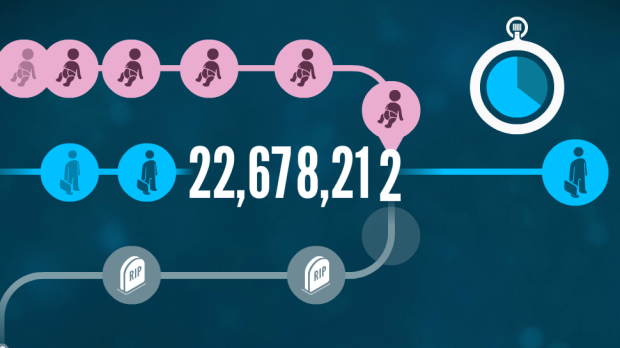




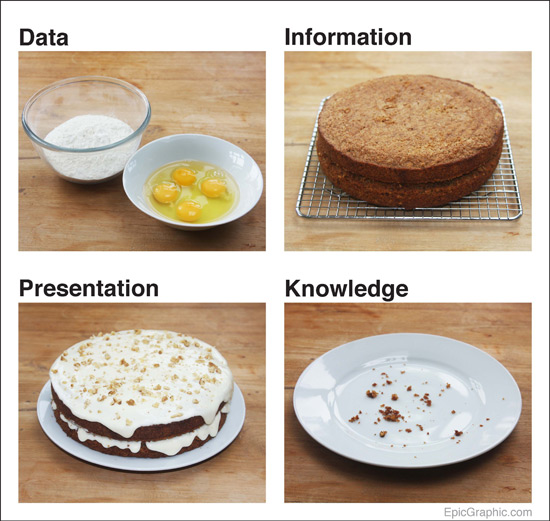
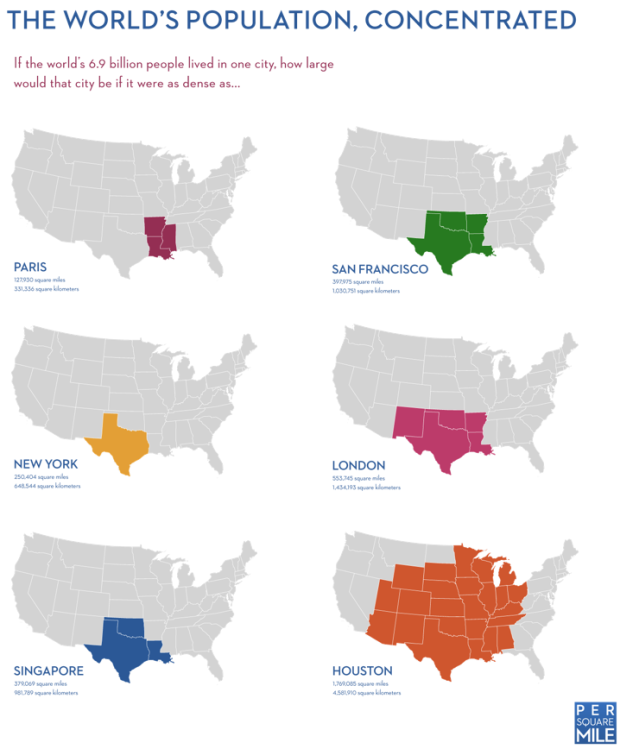
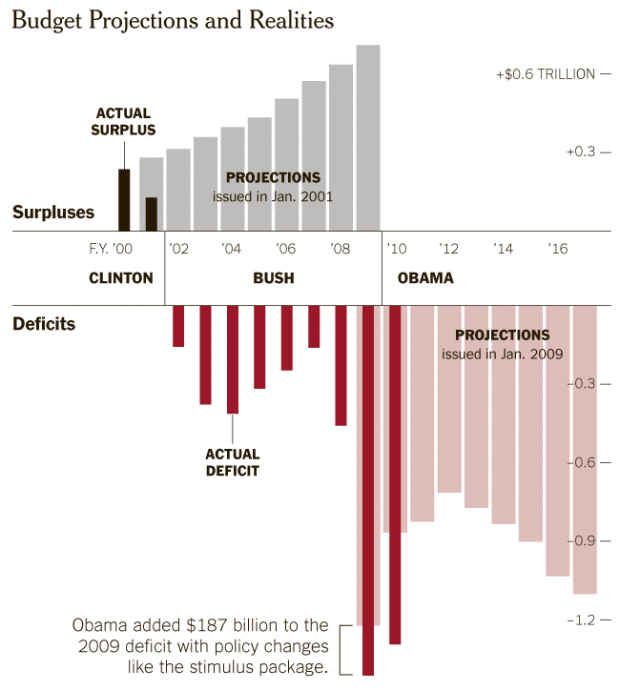
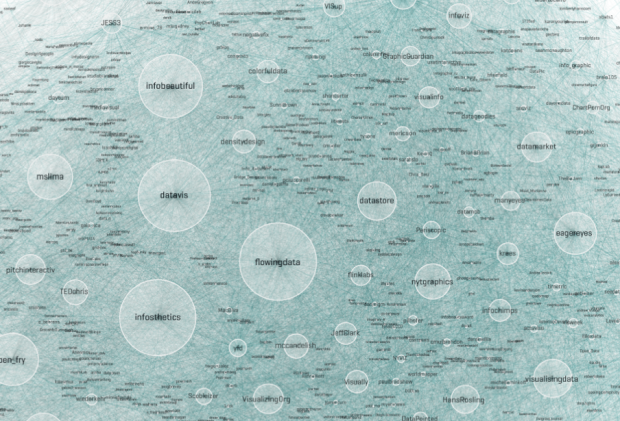

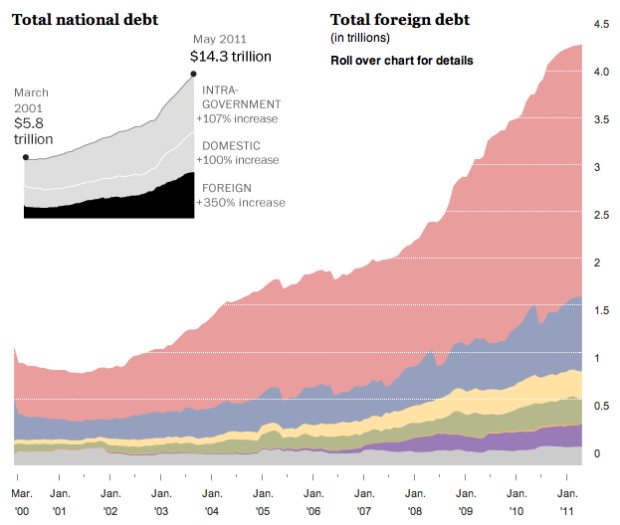












 Visualize This: The FlowingData Guide to Design, Visualization, and Statistics
Visualize This: The FlowingData Guide to Design, Visualization, and Statistics
